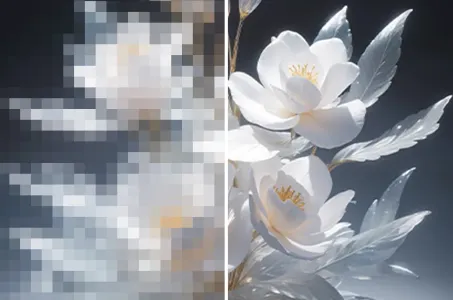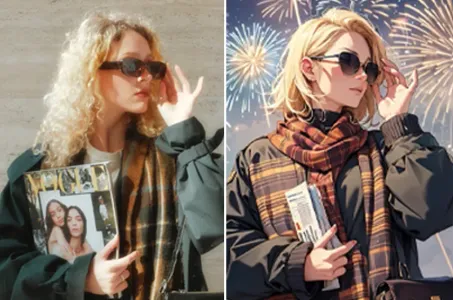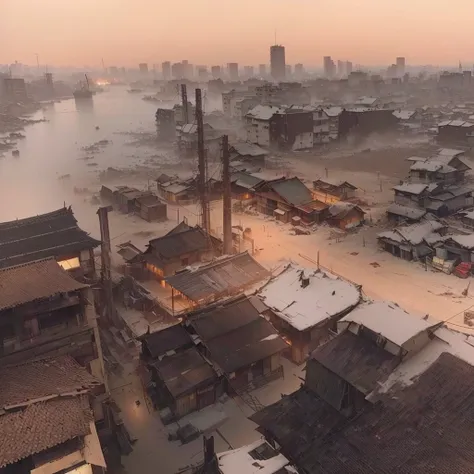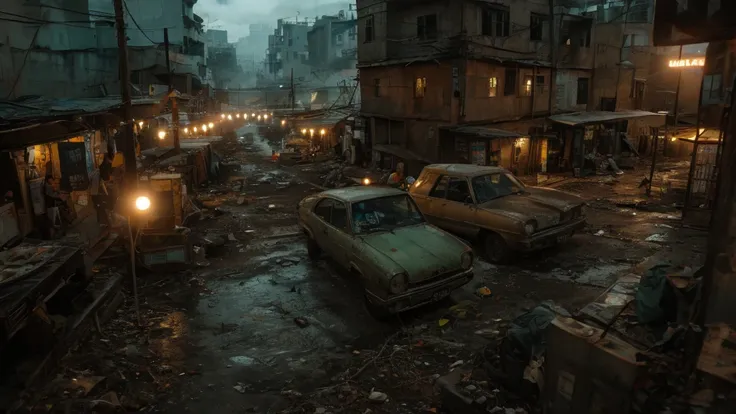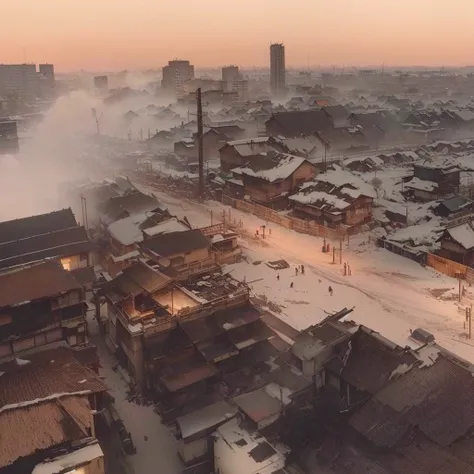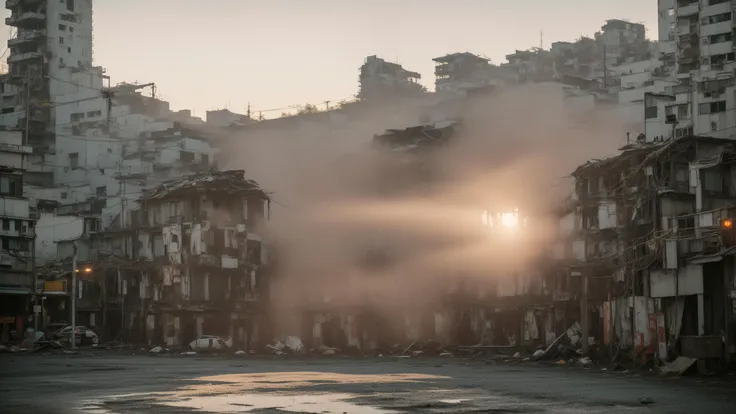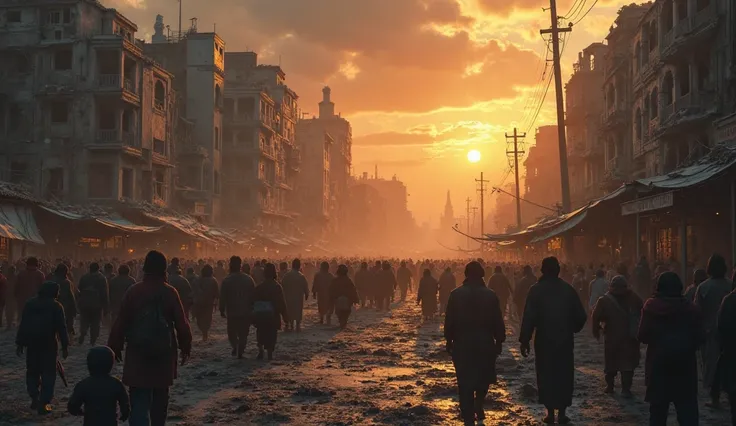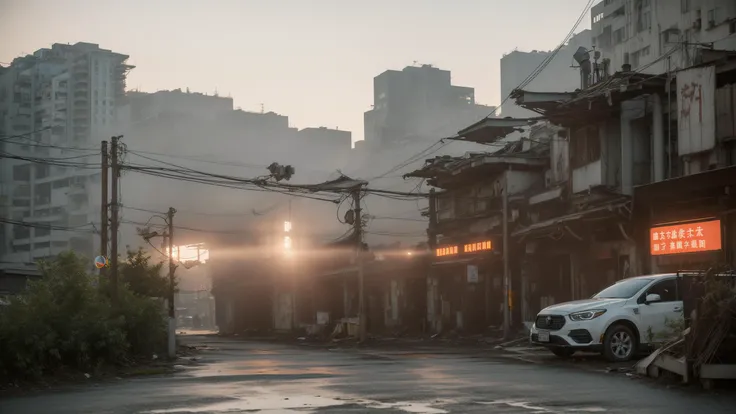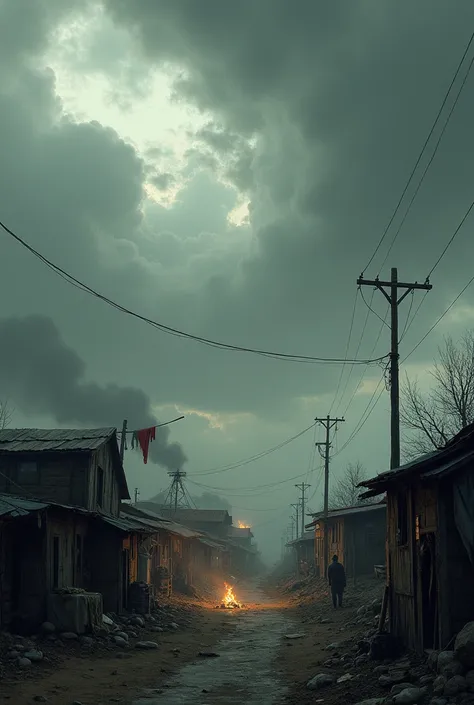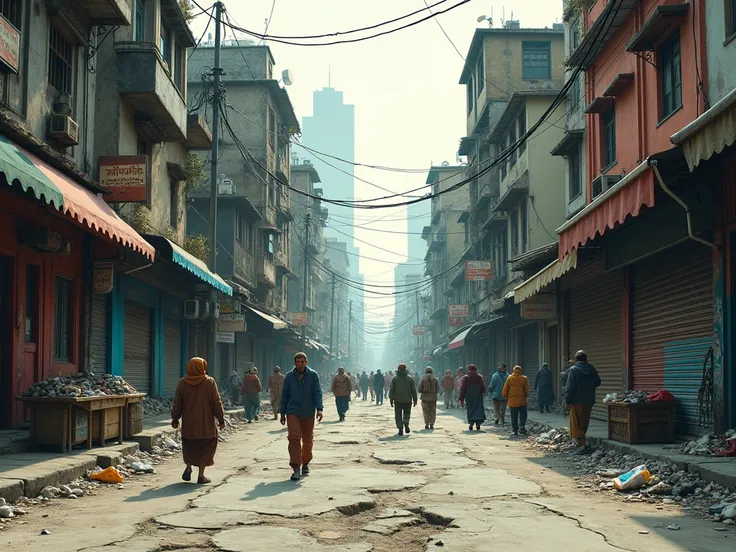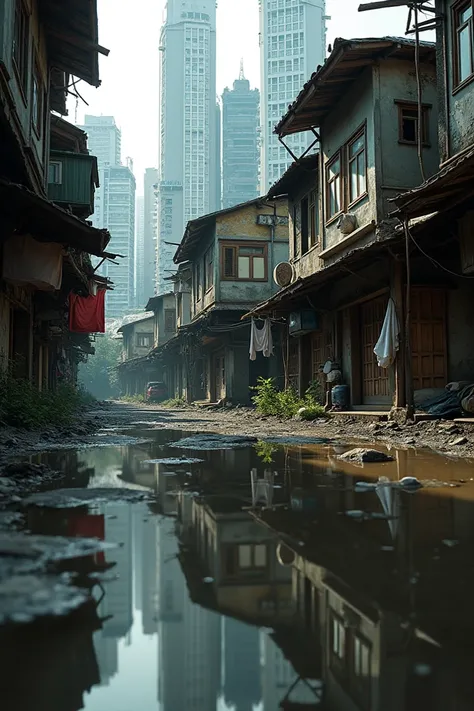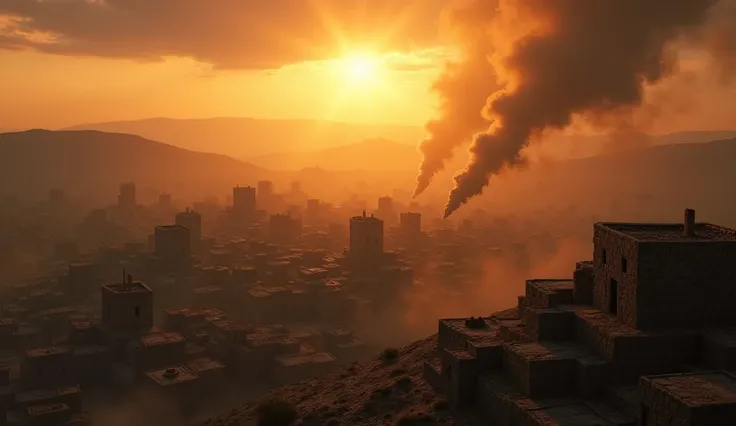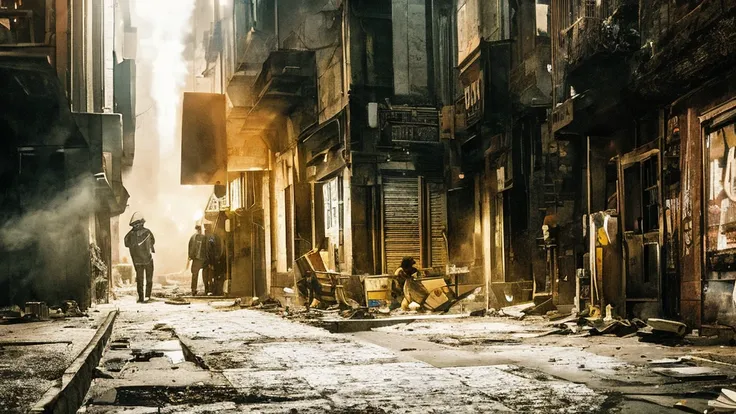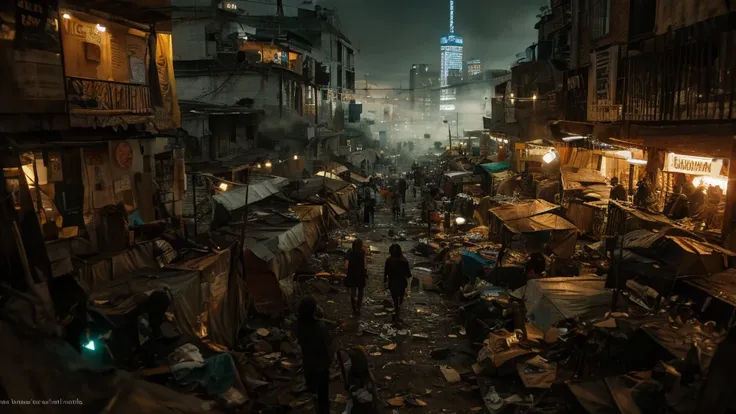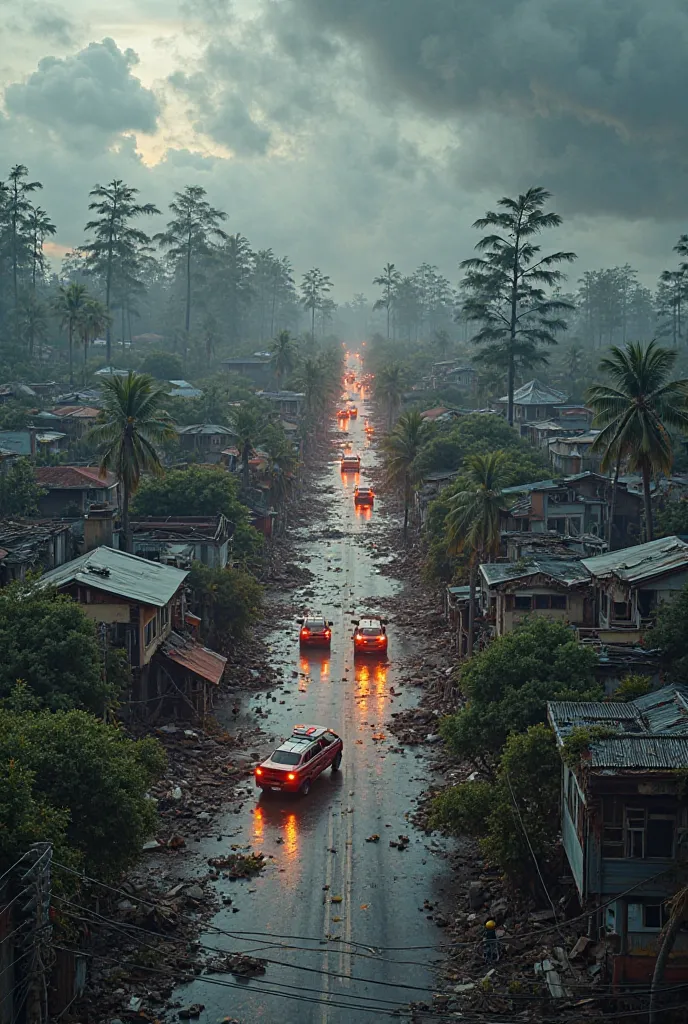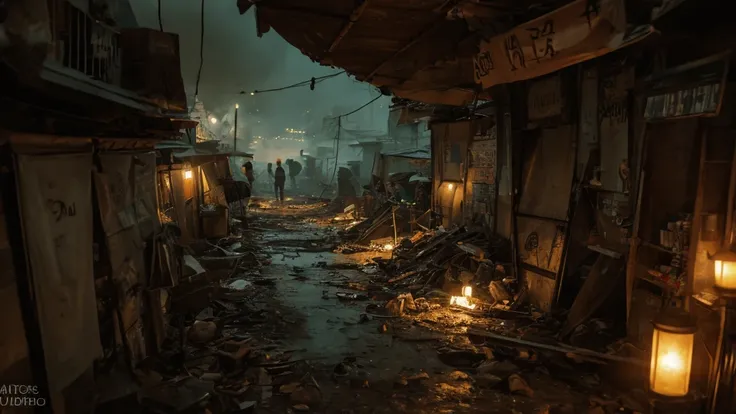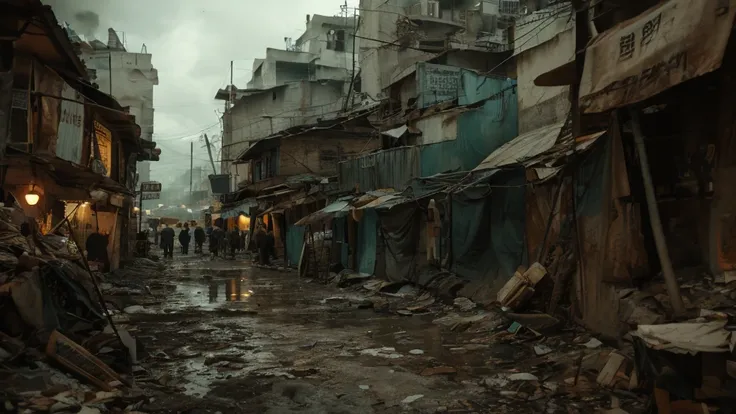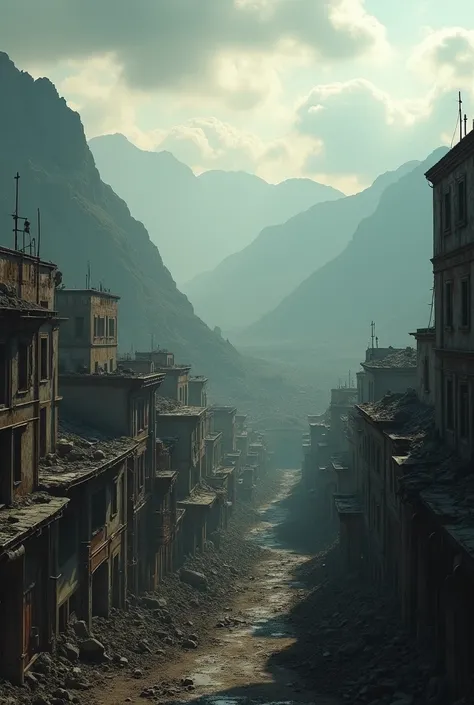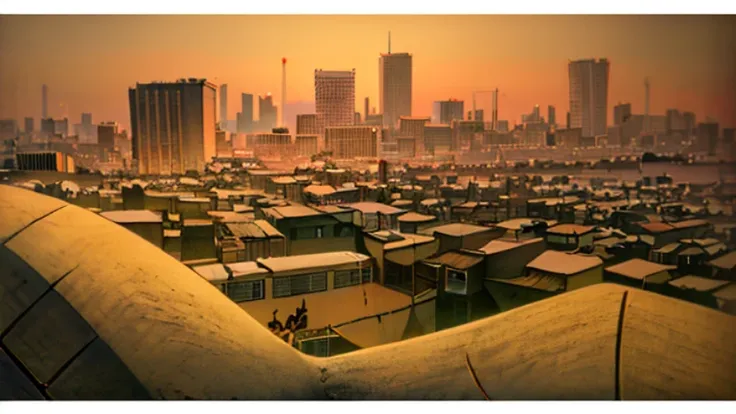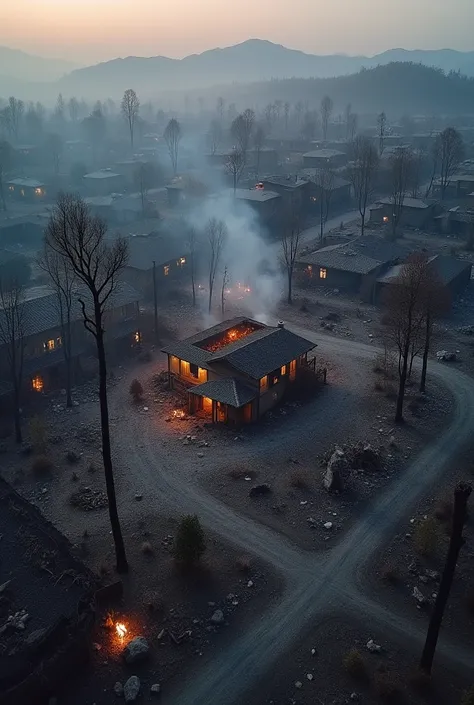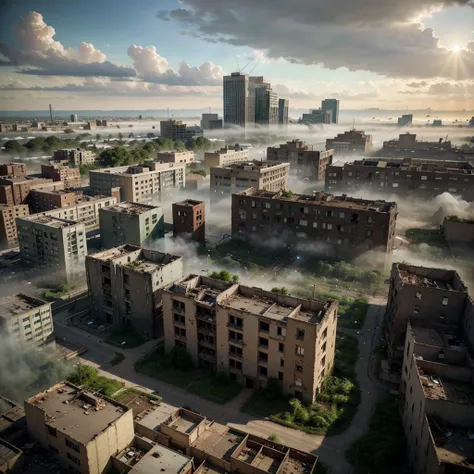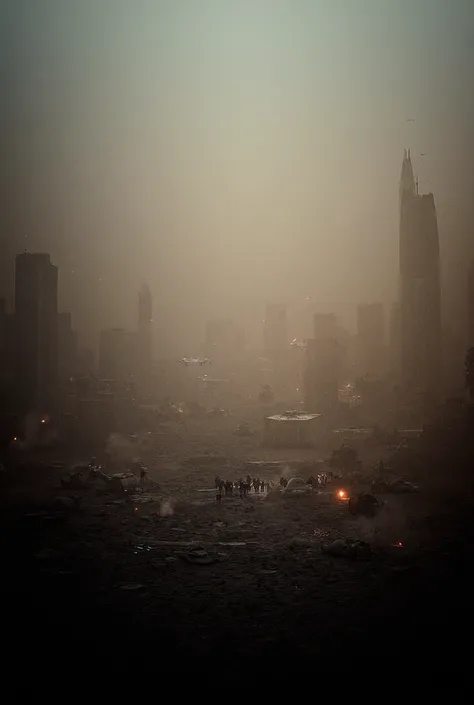There is a picture of the city with a lot of buildings, Post
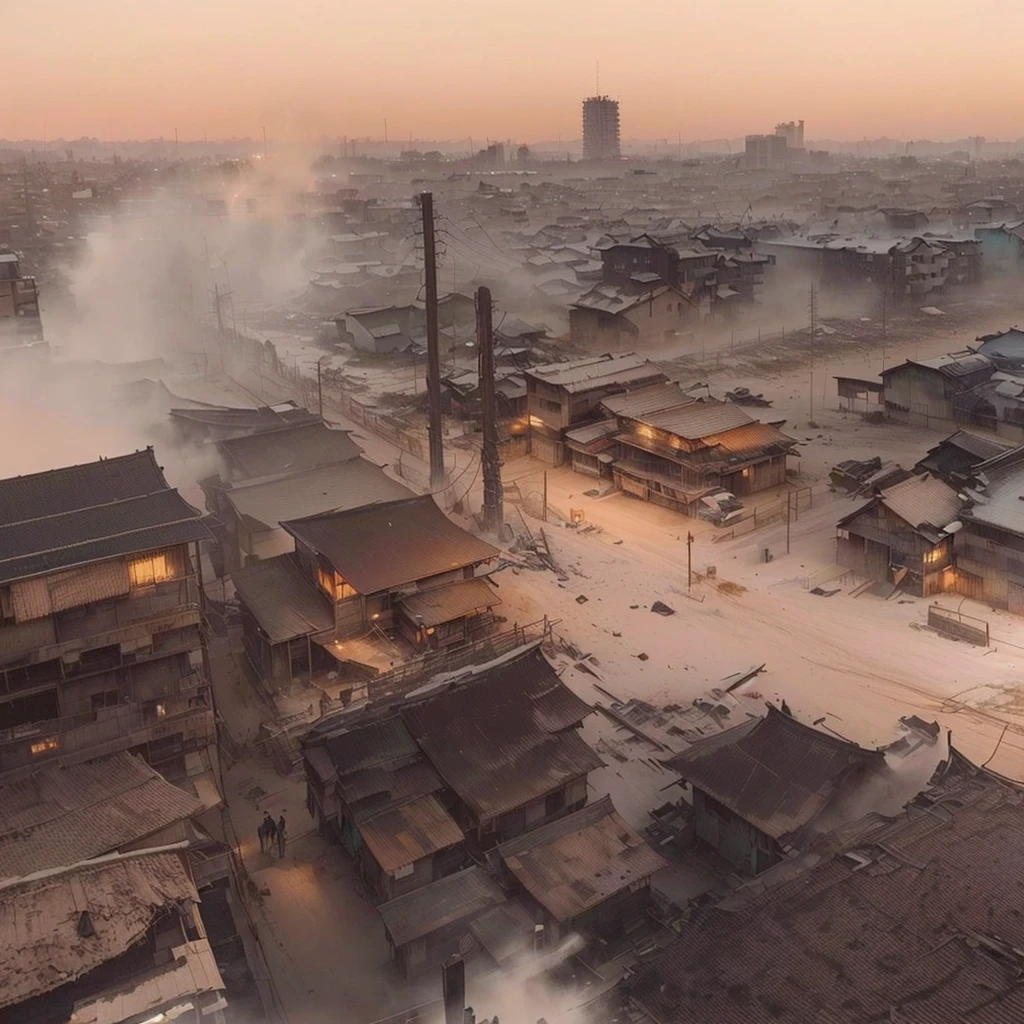

There is a picture of the city with a lot of buildings, Post-apocalyptic city, Post-apocalyptic regions, Post-apocalyptic perspective, Dusty environment, Post-apocalyptic wasteland, Post-apocalyptic Tokyo, Post-apocalyptic city, A destroyed city in the background, Post-apocalyptic cityで, Post-apocalyptic atmosphere, Post-apocalyptic wasteland, The city is a pure wasteland, Blazing flames in post-apocalyptic hellscape, fire, crowd, throng, freezing, mother warming her .Scenery and Cityscape in the Early Meiji Era After the Meiji Restoration, Japan underwent rapid modernization and civilization. Consequently, many changes and reforms occurred. Below is a detailed explanation of the scenery, appearance of the poor, occupations, and cityscapes in the early Meiji period (1868 to the early 1880s). 2. Appearance of the Poor Life for the impoverished and lower classes remained harsh. In particular, in urban areas, people migrated from rural areas or unemployed artisans gathered, intensifying competition in the labor market. Many of them struggled with poverty, often residing in slums or around temples. 3. Occupations Meiji early Japan witnessed a diversification of occupations. Traditional agriculture and handicrafts were accompanied by the rise of modern industry and commerce. Particularly in urban areas, factory workers, shop clerks, and transporters increased, giving rise to new professions. However, many in these occupations endured harsh working conditions. 4. Influence of Civilization and Enlightenment During the Meiji era, Western cultural influences spread rapidly. Changes in clothing, dietary habits, and the proliferation of Western-style architecture advanced, especially in urban areas. Conversely, this development posed a threat to traditional culture and lifestyles, resulting in societal upheaval and adaptation challenges. 5. Social Change and Policy Influence While promoting modernization policies, the government also addressed poverty and social issues. Legislation for labor protection and charitable activities to aid the poor were implemented. Nevertheless, living conditions for the impoverished scarcely improved. The early Meiji period marked a rapid transformation in Japan, with complex social landscapes involving
프롬프트
Copy prompts
There is a picture of the city with a lot of buildings
,
Post-apocalyptic city
,
Post-apocalyptic regions
,
Post-apocalyptic perspective
,
Dusty environment
,
Post-apocalyptic wasteland
,
Post-apocalyptic Tokyo
,
Post-apocalyptic city
,
A destroyed city in the background
,
Post-apocalyptic cityで
,
Post-apocalyptic atmosphere
,
Post-apocalyptic wasteland
,
The city is a pure wasteland
,
Blazing flames in post-apocalyptic hellscape
,
fire
,
crowd
,
throng
,
freezing
,
mother warming her
.
Scenery and Cityscape in the Early Meiji Era After the Meiji Restoration
,
Japan underwent rapid modernization and civilization
.
Consequently
,
many changes and reforms occurred
.
Below is a detailed explanation of the scenery
,
appearance of the poor
,
occupations
,
and cityscapes in the early Meiji period (1868 to the early 1880s)
.
2
.
Appearance of the Poor Life for the impoverished and lower classes remained harsh
.
In particular
,
in urban areas
,
people migrated from rural areas or unemployed artisans gathered
,
intensifying competition in the labor market
.
Many of them struggled with poverty
,
often residing in slums or around temples
.
3
.
Occupations Meiji early Japan witnessed a diversification of occupations
.
Traditional agriculture and handicrafts were accompanied by the rise of modern industry and commerce
.
Particularly in urban areas
,
factory workers
,
shop clerks
,
and transporters increased
,
giving rise to new professions
.
However
,
many in these occupations endured harsh working conditions
.
4
.
Influence of Civilization and Enlightenment During the Meiji era
,
Western cultural influences spread rapidly
.
Changes in clothing
,
dietary habits
,
and the proliferation of Western-style architecture advanced
,
especially in urban areas
.
Conversely
,
this development posed a threat to traditional culture and lifestyles
,
resulting in societal upheaval and adaptation challenges
.
5
.
Social Change and Policy Influence While promoting modernization policies
,
the government also addressed poverty and social issues
.
Legislation for labor protection and charitable activities to aid the poor were implemented
.
Nevertheless
,
living conditions for the impoverished scarcely improved
.
The early Meiji period marked a rapid transformation in Japan
,
with complex social landscapes involving
정보
Checkpoint & LoRA

Checkpoint
ReV Animated
#장면 디자인
0개의 댓글
0
1
0




